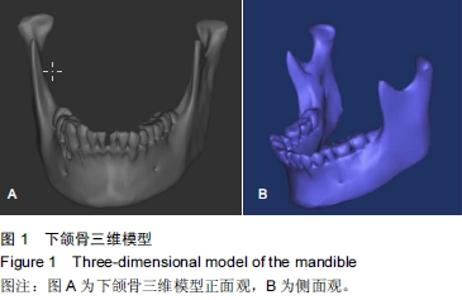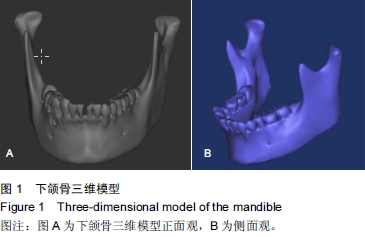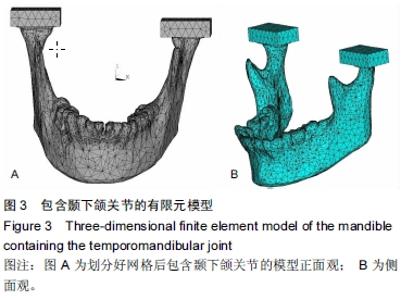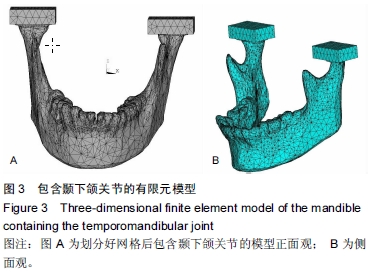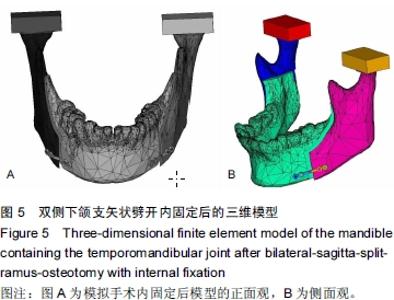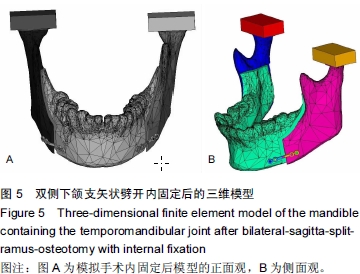| [1] Trauner R, Obwegeser H. The surgical correction of mandibular prognathism and retrognathia with consideration of genioplasty. II. Operating methods for microgenia and distoclusion. Oral Surg Oral Med Oral Pathol.1957;10(9):899-909.
[2] dal Pont G. Retromolar osteotomy for the correction of prognathism. J Oral SurgAnesthHosp Dent Serv. 1961;19: 42-47.
[3] Hunsuck EE. A modified intraoral sagittal splitting technic for correction of mandibular prognathism. J Oral Surg. 1968; 26(4): 250-253.
[4] Epker BN.Modifications in the sagittal osteotomy of the mandible. J Oral Surg.1977;35(2): 157-159.
[5] Wolford LM, Davis WJ.The mandibular inferior border split: a modification in the sagittal split osteotomy.J Oral Maxillofac Surg.1990; 48(1):92-94.
[6] Ueki K, Marukawa K, Moroi A, et al.Evaluation of overlapped cortical bone area after modified plate fixation with bent plate in sagittal split ramus osteotomy.J Craniomaxillofac Surg. 2014; 42(5): e210-e216.
[7] Franco JE, Van Sickels JE, Thrash WJ.Factors contributing to relapse in rigidly fixed mandibular setbacks.J Oral Maxillofac Surg.1989; 47(5):451-456.
[8] Pullinger AG, Baldioceda F, Bibb CA.Relationship of TMJ articular soft tissue to underlying bone in young adult condyles. J Dent Res.1990; 69(8):1512-1518.
[9] Hansson T, Oberg T, Carlsson GE, etal.Thickness of the soft tissue layers and the articular disk in the temporomandibular joint. ActaOdontol Scand.1977;35(2):77-83.
[10] Tanaka E, del Pozo R, Tanaka M, et al.Three-dimensional finite element analysis of human temporomandibular joint with and without disc displacement during jaw opening. Med Eng Phys.2004; 26(6): 503-511.
[11] Farah JW, Craig RG, Sikarskie DL.Photoelastic and finite element stress analysis of a restored axisymmetric first molar. J Biomech.1973;6(5): 511-520.
[12] Cheng HY, Peng PW, Lin YJ, et al.Stress analysis during jaw movement based on vivo computed tomography images from patients with temporomandibular disorders. Int J Oral Maxillofac Surg.2013;42(3): 386-392.
[13] Morra EA, Greenwald AS. Polymer insert stress in total knee designs during high-flexion activities: a finite element study. J Bone Joint Surg Am.2005; 87 Suppl 2:120-124.
[14] Majumder S, Roychowdhury A, Pal S. Effects of trochanteric soft tissue thickness and hip impact velocity on hip fracture in sideways fall through 3D finite element simulations. J Biomech.2008; 41(13): 2834-2842.
[15] Joss CU, Vassalli IM.Stability after bilateral sagittal split osteotomy setback surgery with rigid internal fixation: a systematic review. J Oral Maxillofac Surg. 2008; 66(8): 1634-1643.
[16] Tanaka E, Tanne K, Sakuda M. A three-dimensional finite element model of the mandible including the TMJ and its application to stress analysis in the TMJ during clenching. Med Eng Phys.1994; 16(4): 316-322.
[17] 高勃,高勃,王忠义,等.牙冠表面形状测量造型方法[J].实用口腔医学杂志, 1999,15(4):59-61.
[18] 胡敏,相亚宁,李洪,等.4种不同类型颌间牵引对颞下颌关节应力分布影响的三维有限元研究[J].华西口腔医学杂志,2010. 28(2): 145-148.
[19] 周多奇,钱振宇.数字化虚拟人在运动解剖学教学中的应用[J]. 赤峰学院学报:自然科学版, 2012,28(6):69-70. |
